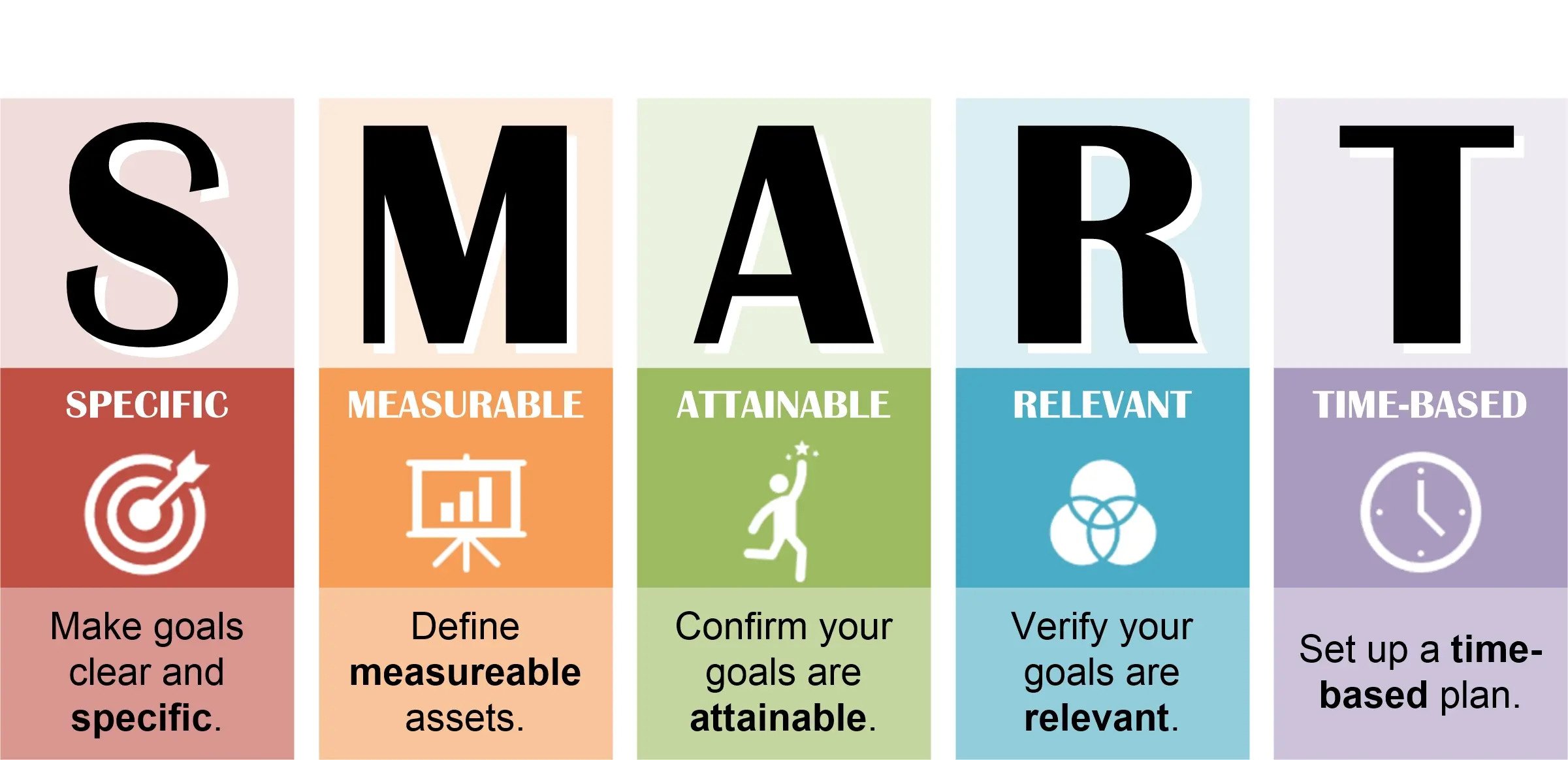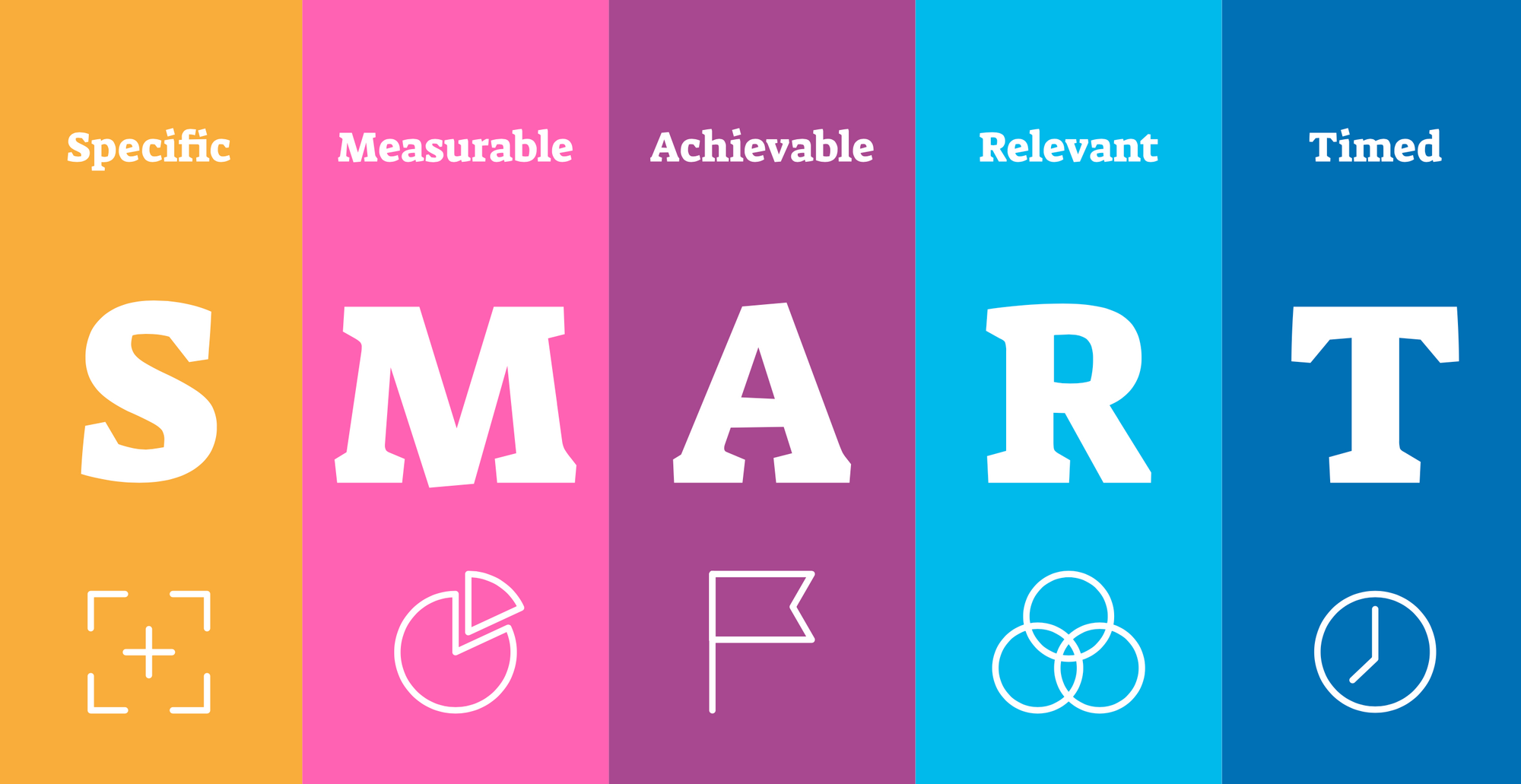Imagine, if you will, a home that just gets you, a place where everything works together, making your daily life simpler and more enjoyable. This, pretty much, is the promise of a truly connected living space. It’s about creating an environment that responds to your needs, almost before you even think of them, making every day feel a little more effortless.
This isn't just about putting in a few fancy gadgets; it's, you know, about making your home truly functional and comfortable. A smart home designer helps bring this vision to life, shaping spaces that truly fit how you live. They look at your home not just as rooms, but as a system where everything can connect, working in harmony to serve you better. This kind of thoughtful planning can make a world of difference in how you experience your personal space.
They understand how to bring together things like lighting, security systems, heating, and even your entertainment, so it all works as one smooth operation. You might be wondering, actually, what all goes into that, and how someone helps make such a complex thing seem so simple. It’s about having someone who sees the big picture and the small details, ensuring every piece plays its part.
Table of Contents
- What Does a Smart Home Designer Do?
- Why Consider a Smart Home Designer?
- The Journey of Smart Home Creation
- Current Ideas in Smart Home Living
- Common Questions About Smart Home Design
What Does a Smart Home Designer Do?
A smart home designer is, basically, someone who helps plan and create connected living spaces. They work to bring together different kinds of technology, things like your lights, security systems, and even how warm or cool your home feels, making them part of your house's very structure. This means they look at your entire home, not just one room, to see how all the pieces can work together for you. They think about how people will use the space and what would make their lives easier.
They are, in a way, like a guide for your home's technological side. They can help you see how your rooms might look in 3D, making it easier to arrange things just how you like them, almost as if you're walking through it before it's built. This includes picking out appliances that can talk to each other and be controlled from your phone, wherever you are. For instance, you could adjust your home's temperature before you even arrive back, or check on your security cameras while you're away, so you always feel connected and in control.
A designer helps you choose the right pieces for your setup. This could mean selecting a wide range of things, from the right kind of smart light bulbs to systems that manage your home's climate. They make sure these things work together smoothly, so you don't have to deal with different apps for different devices. It's about making your home respond to your wishes, almost, creating a truly personal and responsive environment. They also consider things like how your furniture, including various cabinets, might fit into the overall picture, making sure the design is both clever and looks good.
What they do, you see, is bridge the gap between your everyday needs and the possibilities of today's technology. They take the guesswork out of choosing between countless devices and systems. Instead of you trying to figure out which smart lock works with which doorbell, they already know. This saves you a lot of time and, honestly, a lot of potential headaches. They consider things like how much power each device needs, or how it will connect to your internet, ensuring a stable and reliable system for your daily life.
They also consider the look and feel of your home. It's not just about wires and apps; it's about how the technology blends into your living space, making it more functional without being an eyesore. They might suggest hidden speakers or lighting that changes color to set a mood, all while keeping your home's style in mind. So, it's about making your home smarter in a way that truly fits your taste and how you want to live.
Why Consider a Smart Home Designer?
Setting up a smart home can feel, you know, a bit overwhelming. There are so many choices, and making sure everything talks to each other can be tricky. A smart home designer really simplifies this whole process. They make sure everything works together just right, fitting what you need and how you live. This, in fact, helps you avoid making expensive mistakes, like buying gadgets that just don't play nice with each other, which can save you money and frustration down the line.
Think about the sheer convenience. Imagine coming home and your lights gently brighten, your favorite music starts playing, and the temperature is just perfect, all without you lifting a finger. A designer helps make that happen. They understand how different systems, like your heating and lighting, can communicate to create these seamless experiences. They can even set up routines that learn from your daily schedule, making your home feel truly intuitive, so it anticipates your next move.
They also think about your safety, too, figuring out the best ways to set up security cameras and alarm systems that you can check from anywhere. This means you can keep an eye on things when you're out, giving you real peace of mind. For example, if a door opens unexpectedly, you could get an alert on your phone, allowing you to react quickly. This layer of protection is, honestly, a big reason many people look into smart home technology.
And when it comes to saving energy, they can suggest systems that learn your habits and adjust heating or cooling accordingly, which can save you some money over time, naturally. They might recommend smart thermostats that turn down when you leave the house and warm up just before you return. This isn't just good for your wallet; it's also a way to be more mindful of your environmental impact, which many people care about today.
They also try to make sure your home's setup can grow with new technology, so you're not stuck with outdated systems too soon. Technology moves pretty fast, and a good designer plans for that, making sure your home can easily add new devices or update existing ones. This kind of forward thinking means your smart home will stay useful and relevant for years to come, giving you more value for your investment, more or less.
The Journey of Smart Home Creation
Creating a smart home isn't just about buying devices; it's a thoughtful process that unfolds in distinct stages. It’s a journey, really, that transforms a regular house into a responsive, connected



Detail Author:
- Name : Domenick Jacobs
- Username : hskiles
- Email : qoconnell@mccullough.com
- Birthdate : 2006-08-27
- Address : 4533 Adolfo Divide Apt. 574 East Alexys, MA 06257-6355
- Phone : +17343086336
- Company : Wisoky LLC
- Job : Conveyor Operator
- Bio : Aut provident commodi porro eveniet non voluptas. Maxime sed modi fuga dolorem totam. Qui consequatur quis maxime nisi est iure ut.
Socials
linkedin:
- url : https://linkedin.com/in/hipolito1678
- username : hipolito1678
- bio : Asperiores reiciendis illum qui natus molestiae.
- followers : 1745
- following : 1278
tiktok:
- url : https://tiktok.com/@schmitth
- username : schmitth
- bio : Earum nulla repudiandae praesentium mollitia quaerat.
- followers : 4161
- following : 1825